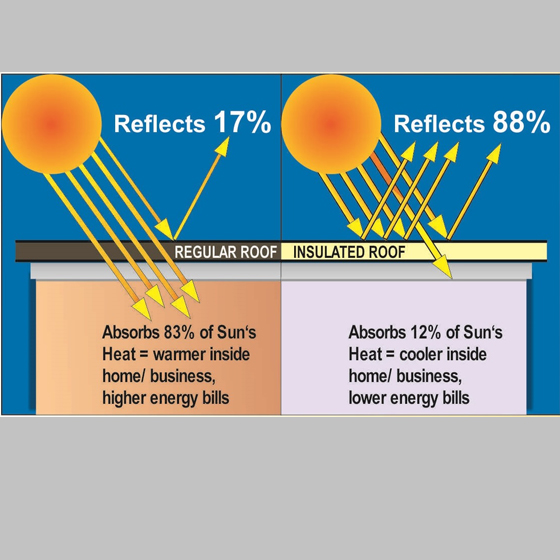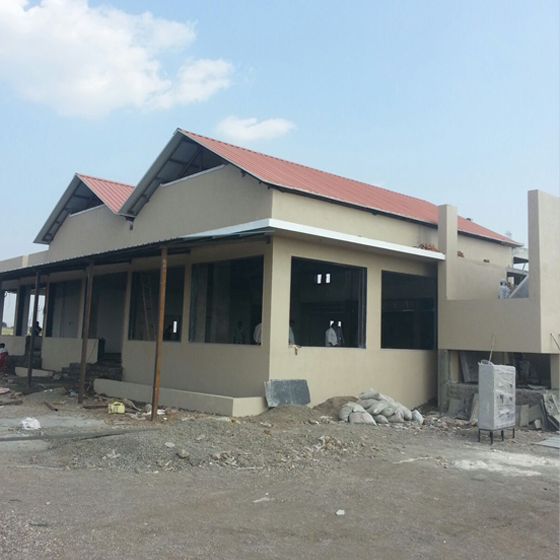





The panels should be stored in the area where they are not susceptible to damage. Panels are to be stored at leveled surface. When stored in open places without shed, provide spacers at regular intervals and place panels above that. Cover the stack panels with tarpaulin to avoid sunlight.
As per the installation drawing, place the ceiling panels in position on the notch of the wall panels. Place the adjoining panels and align the panels. Ensure proper locking. If the panels are not leveled at the top, the ceiling panels will not butt properly and gaps will result. The level must be corrected immediately. In case of large storage areas, the ceiling panels have to be supported by the frame. The ceiling support system will vary from project to project.
There are two methods of insulation of beams and columns:
In this method puf sheets of desired thickness are applied on the beams and the columns and G.I. cladding is later done over the applied sheets.
We provide cut size puf insulated panels with one side G.I. sheet and other side paper which is made as per the dimensions of the beam or the column. These panels can directly be erected to get joint free insulation within no time.
After the completion, at the internal and external corners “L” channels must be riveted to seal the gaps. The pop rivets should be riveted at appropriate distance. Silicon sealant application must be done properly to cover any possible gaps.
In case on low temperatures to be maintained, we provide special flashings through which polyurethane foam is injected to seal up all the gaps left between the joints like flooring to wall, corners, wall to ceiling to avoid any chance for the transfer of temperature due to which losses occur. It is also helpful to avoid heat bridges.
Request A Quote